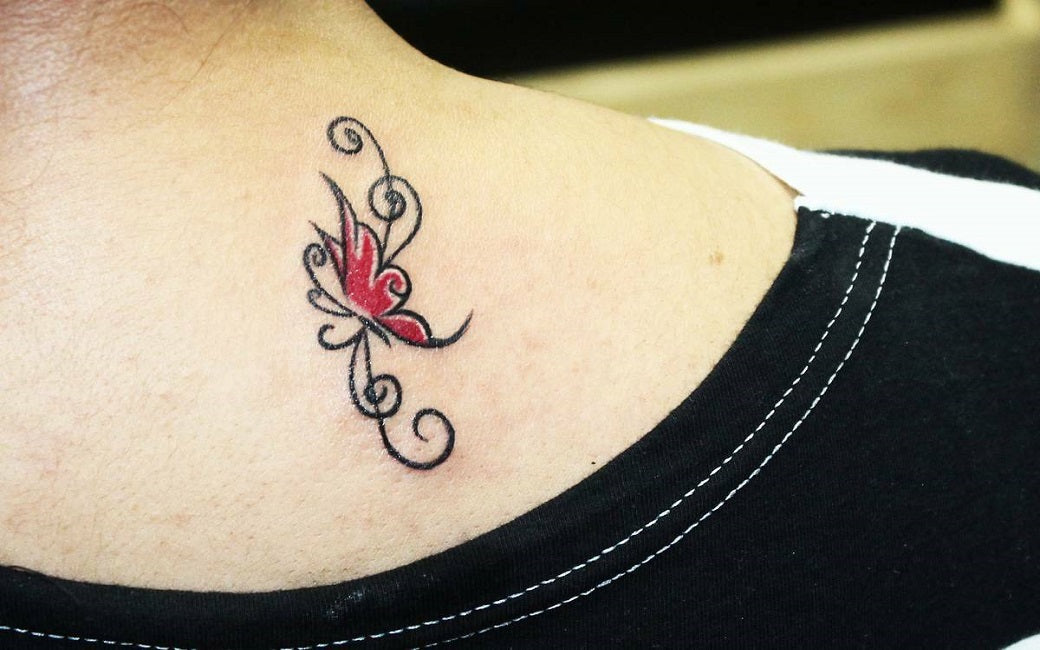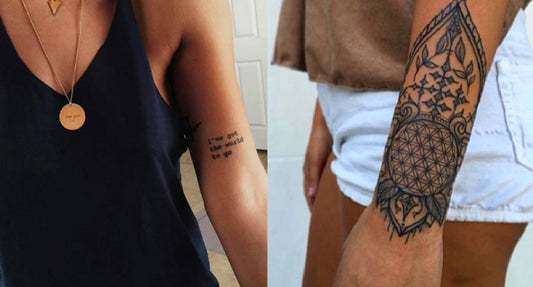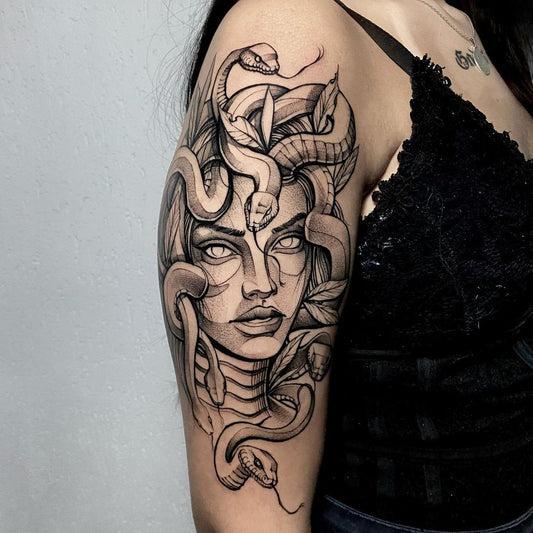
What is Tattoo Ink Made Of?
Ink for tattoos is not always easy to determine what exactly goes into it. It is mainly due to FDA regulations, or rather, the lack of them, that it is difficult to identify the ingredients of the ink.
Compared to foods, or even some cosmetics, inks placed under the skin have no federal regulations. It has been found that nearly every brand of tattoo ink contains different ingredients, according to a study by the University of Arizona.
Ink Tattoo: What Makes It Ink?
Although tattoo ink manufacturers are not required to list ingredients or conduct tests, most tattoo inks contain pigment and a carrier. The majority of professional tattoo inks contain metal salts, iron oxides, or plastics to allow them to remain stable within the skin for many years. Inks are also added with certain ingredients to prevent them from expiring too quickly.
Composition of tattoo ink
The carriers will keep the ink more evenly mixed, free from pathogens, and easier to apply. Alcohol will increase the skin's permeability, allowing more pigment to reach the dermis when used as a base.
- Ethyl alcohol
- Distilled water
- Denatured alcohols
- Methanol
- Rubbing alcohol
- Propylene glycol
- Glycerine
The most common carrier for homemade tattoo inks is vodka. Ink carriers are generally harmless substances that prevent infection or ink poisoning when administered correctly.

The pigments used in tattoo ink
Tattoos are often vibrantly colored because of pigments. The black ink used to be made by grinding up carbon or ash to make pigments. Soot from charred wood was used by many ancient tribes as a marking material.
As well as modern industrial organic pigments, modern inks still use some original mineral pigments. It is also possible for some pigments to be vegetable-based or plastic-based, depending on the desired color.
Heavy metals are used to make the basic colors of some pigments, which causes controversy. The following are used to create specific colors:
- Mercury for red
- Lead for yellow, green or white
- Cadmium for red, orange or yellow
- Nickel for black
- Zinc for yellow or white
- Chromium for green
- Cobalt for blue
- Aluminum for green or violet
- Titanium for white
- Copper for blue or green
- Iron for brown, red, or black
- Barium for white
Some tattoo ink manufacturers blend heavy metal pigments with lightening agents, such as lead or titanium, to reduce production costs. Other elements can also be used to make pigments, such as calcium, antimony, beryllium, sulfur, or arsenic.
In tattoo inks, more than 200 different types of colorants and additives are used, including heavy metals, but not enough to cause problems with MRI scanners or metal detectors.
Some pigments have been approved for cosmetic use, while others have been developed for industrial use. Pigments found in automotive paints or printer ink were never intended for human skin use.
Is it safer to use vegan tattoo inks or organic tattoo inks?
As vegan foods and organic products become more popular, people assume organic inks will also be healthier and safer. Many ink manufacturers have switched from mineral-based inks to organic inks in the last two decades. Approximately 80 percent of these inks are carbon-based, while 60 percent may also contain azo pigments.
Animal products may be used in the production of organic inks, such as bone char, beetle shellac, or animal fat glycerin. Pigmentation can also be achieved with beeswax or cod liver oil, which are organic compounds.
Vegan tattoo ink manufacturers usually replace animal byproducts, such as animal glycerin, with vegetable glycerine and Virginiana extracts.
Heavy metals, such as titanium oxide, can still be present in organic inks despite the absence of many toxic compounds. Furthermore, they are not risk-free either, as the manufacturing process can still be contaminated depending on the environment and the sterilization method used.
Glow In The Dark Tattoo Inks
It is becoming more popular to get tattoos that glow when exposed to darker environments. Personally, I find them quite frightening, almost as if your body were glowing radioactively. They are also called UV tattoos or blacklight tattoos because they contain ingredients that react to ultraviolet light.
Phosphorus may be present in some of these inks, which can be toxic depending on the source or method of delivery. There are still some that contain plant-based ingredients that can cause allergic reactions. According to studies, UV tattoos have caused more adverse skin reactions than traditional ink tattoos.










